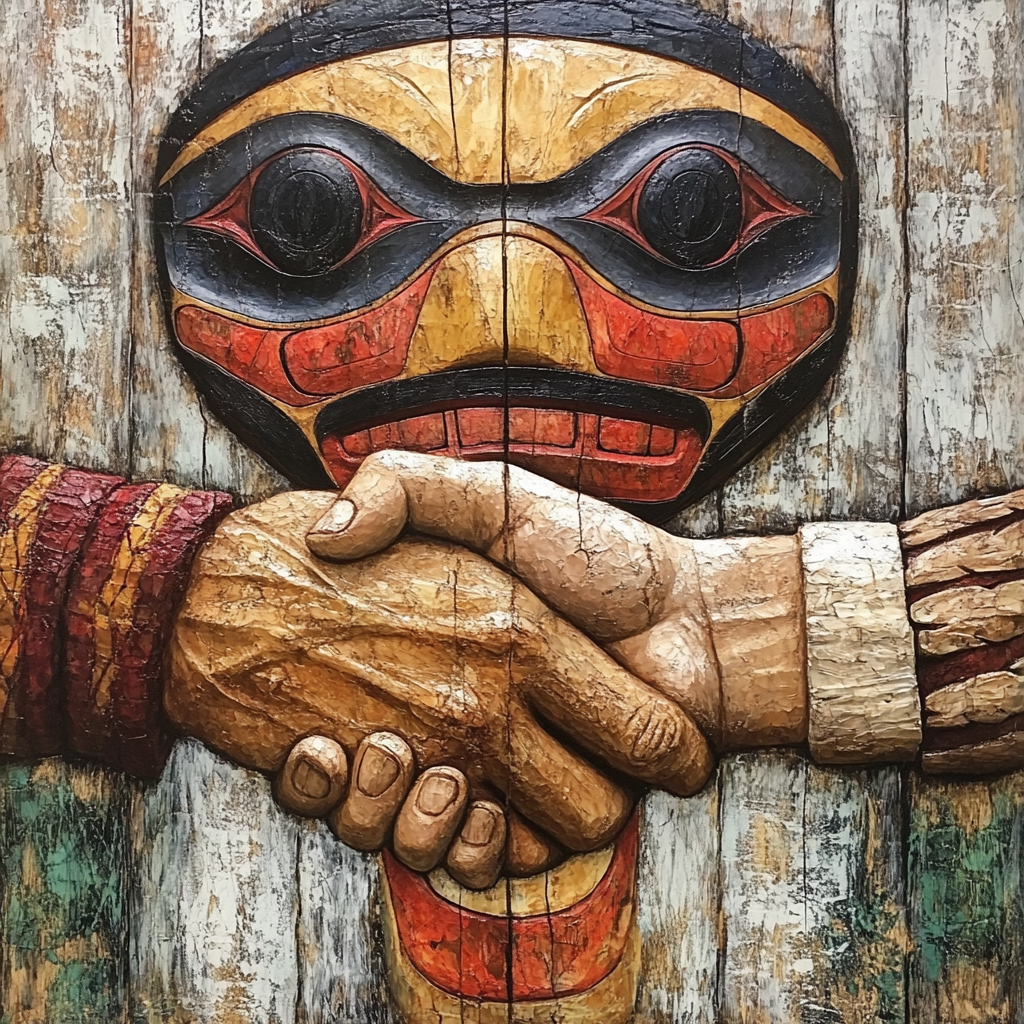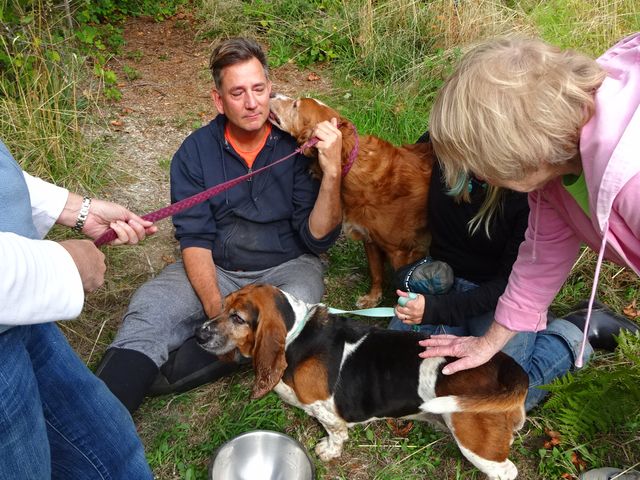In a deeply meaningful move that marks a shift in how public schools engage with Indigenous communities, the Puyallup Tribe of Indians has signed a historic memorandum of understanding (MOU) with 13 school districts across King and Pierce counties. Among them is the Vashon Island School District, a small but impactful educational community now participating in a collective effort to re-center Native voices in the classroom. For more than two decades, the Puyallup Tribe has advocated for accurate and respectful education about their history and culture. This agreement goes beyond symbolic gestures or textbook footnotes; it formalizes a sustained, consultative relationship between the Tribe and local schools, transforming curricula to reflect the true stories of the land and the people who have always belonged to it.
What the MOU Commits To
The agreement includes plans to build out language, culture, and oral traditions education pathways, including a Lushootseed language curriculum that will be offered online by 2034 for high school credit. More than just language instruction, this initiative opens doors to understanding Indigenous knowledge systems, values, and worldviews; often overlooked or misrepresented in conventional curricula. It also includes recruitment efforts to bring Native educators and cultural liaisons into classrooms, so the representation of Indigenous experience isn’t limited to history lessons but embedded in daily learning environments. Consultation will extend to reviewing art, symbols, names, and mascots across school districts; ensuring they are respectful and affirming rather than appropriative or reductive.

What This Means for Vashon Island
On Vashon, this MOU offers a chance to more intentionally weave Indigenous perspectives into an island community that,like much of the Pacific Northwest, sits on ancestral land. For generations, Vashon students have passed through the school system with limited exposure to the rich cultural history of the Coast Salish people; this agreement helps correct that omission. The opportunity to work directly with the Puyallup Tribe, as well as other regional tribal educators, allows the Vashon Island School District to do more than check boxes on state mandates. It means developing a curriculum that honors the stories of the land we live on; stories that extend far beyond colonization and into language, art, ceremony, and living tradition. For families and educators on Vashon, this is an invitation to lean into a more expansive, more truthful narrative of place. When students learn Lushootseed, they’re not just learning vocabulary; they’re developing a relationship with the environment and a way of thinking that values interconnection. When classrooms include Native voices in the present tense, students learn that Indigenous people are not relics of the past but powerful contributors to our shared future.

A Forward-Looking Commitment
This MOU isn’t a final step; it’s a foundation. By signing, school districts commit to collaborative planning with the Puyallup Tribe on curriculum development, elective credit options, and cultural representation. It also signals to students of Native heritage that their identities are not just welcome but central to the story we’re telling together. For an island like Vashon, known for its progressive values and active civic engagement, the impact of this agreement could be profound. As Vashon continues cultivating its unique community, incorporating Indigenous frameworks offers a deeper understanding of sustainability, stewardship, and interconnectedness. What happens next is implementation, ensuring educators are equipped, students are engaged, and community partnerships are nourished. But the MOU itself stands as a promise; to listen more deeply, to teach more truthfully, and to build a future where respect is woven into the fabric of education. And that’s the kind of change that matters; not just for Native students, but for all of us.






